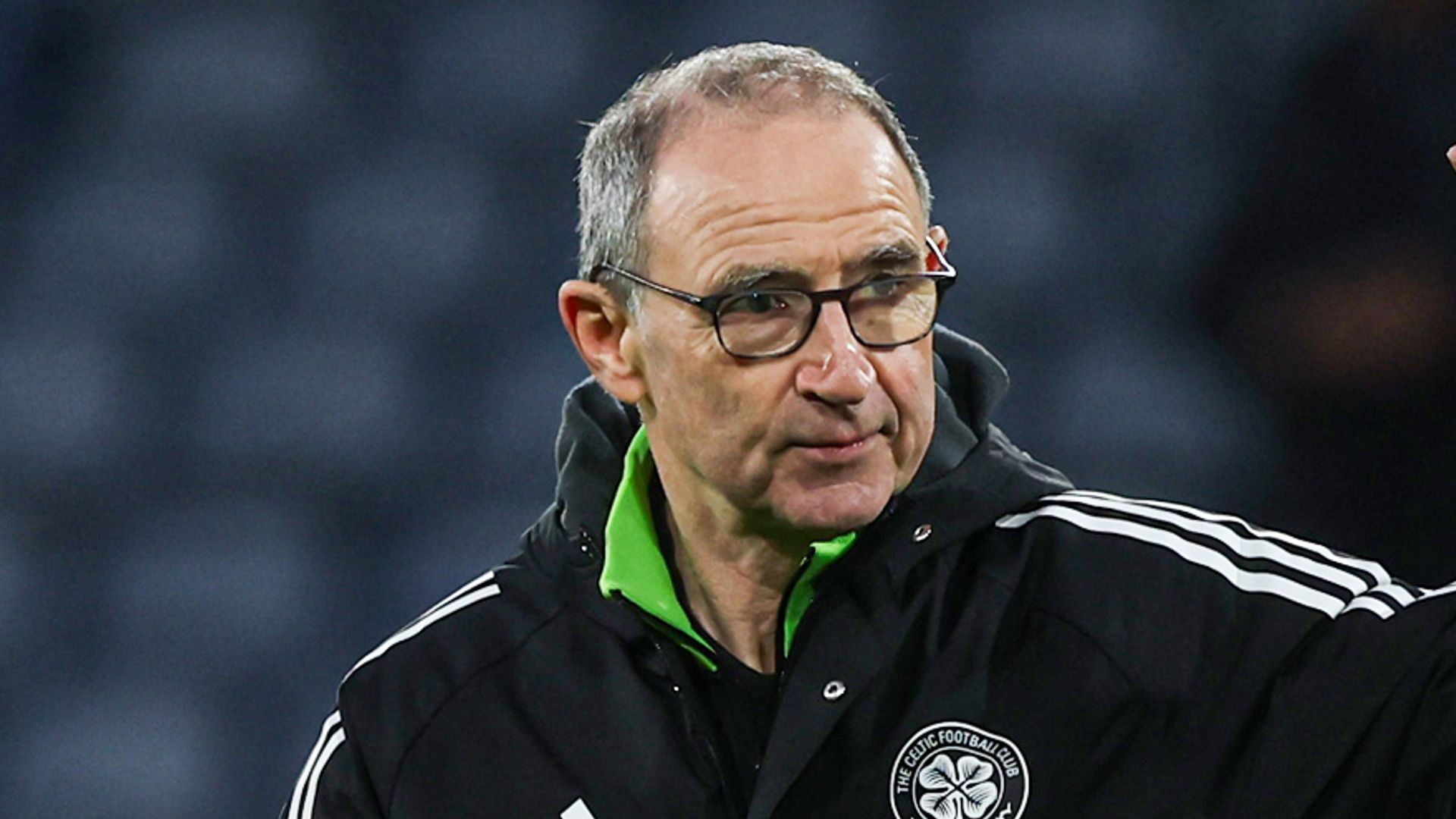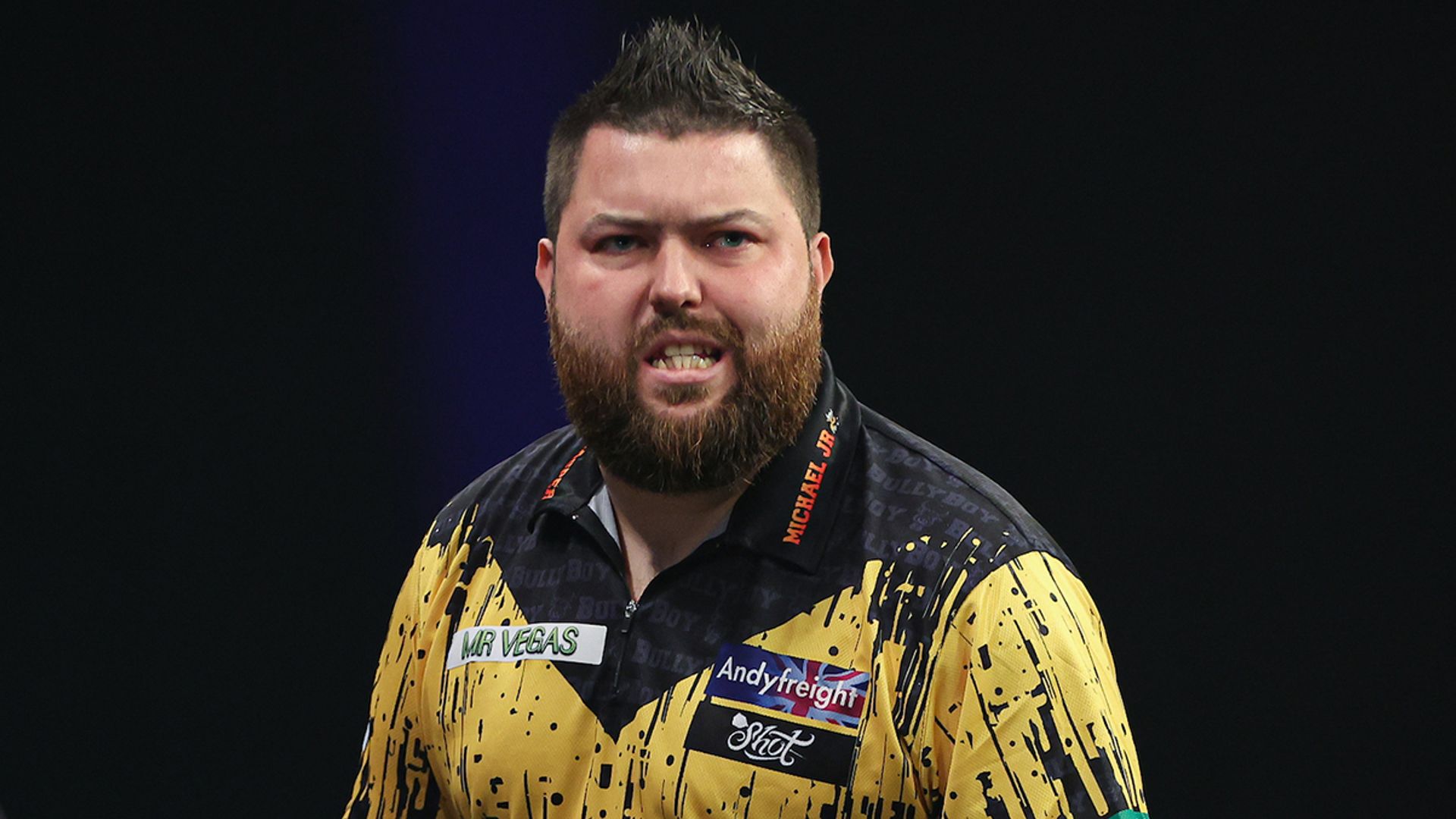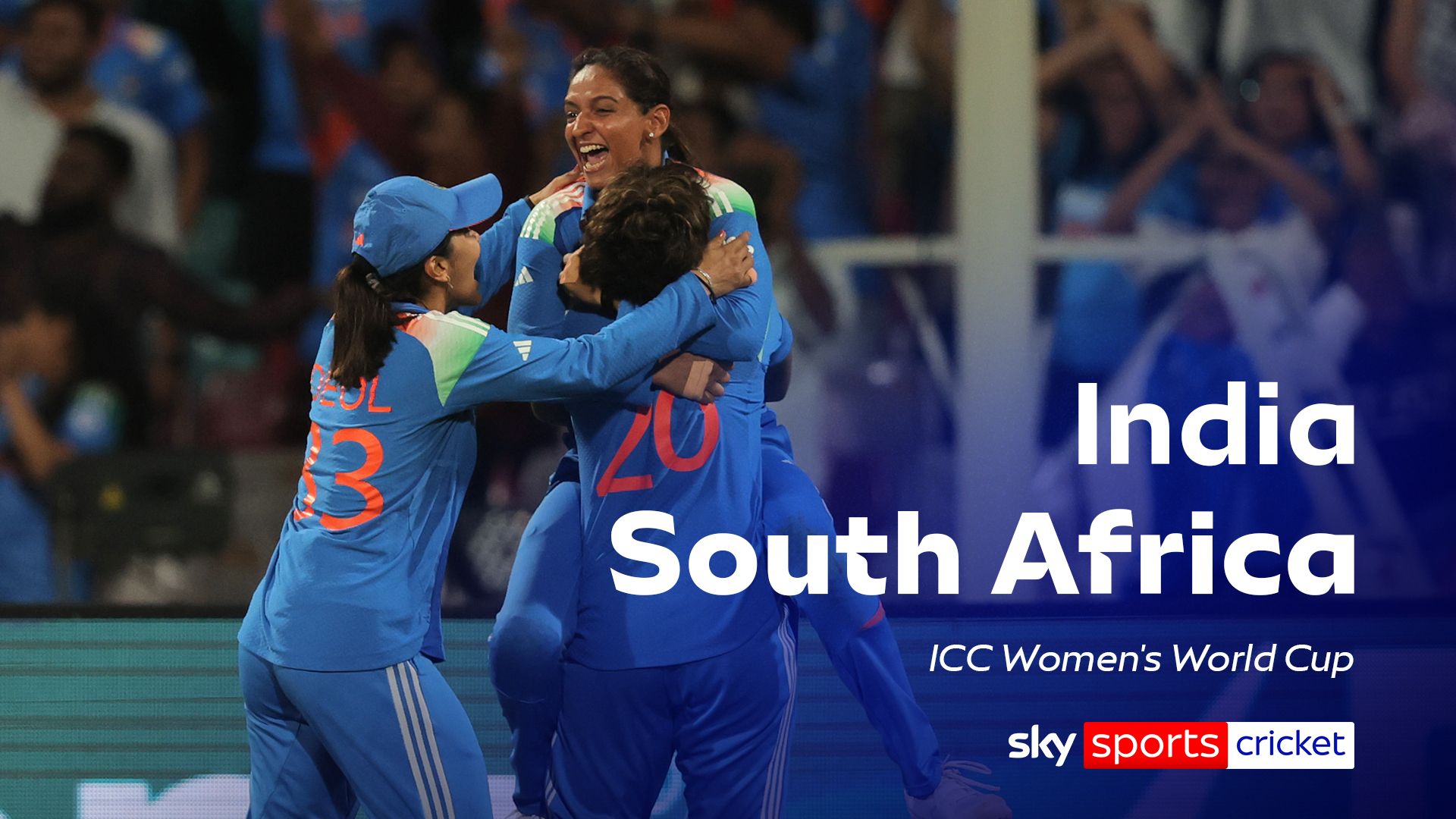Martin O’Neill’s Potential Celtic Extension: A Controversial Power Play in Football’s Sacred Arena of Loyalty and Betrayal
Interim manager Martin O’Neill’s recent comments about his future at Celtic have ignited a firestorm of debate among fans and pundits alike. O’Neill, who has a storied history with the club, is currently in a caretaker role but has hinted at a willingness to extend his stay, especially after guiding the team to the Scottish League Cup final. This situation raises critical questions about loyalty, ambition, and the nature of managerial roles in football.
Celtic Football Club, one of the most successful teams in Scottish football history, has a rich legacy that is deeply intertwined with its managerial appointments. The club has seen a variety of managers come and go, each leaving their mark on the team’s identity and performance. O’Neill, who previously managed Celtic from 2000 to 2005, is revered for his achievements during that period, including leading the club to a UEFA Cup final and multiple domestic titles. His return, albeit in an interim capacity, has reignited discussions about what it means to be a Celtic manager and the expectations that come with it.
The current landscape of football management is fraught with instability. Managers are often judged not only on their immediate results but also on their ability to align with the club’s long-term vision. O’Neill’s openness to discussions about an extended stay could be seen as a strategic move to solidify his position in a time when many clubs are quick to dismiss managers after a few poor performances. This reflects a broader trend in football where loyalty is often overshadowed by the relentless pursuit of success.
The notion of loyalty in football is complex. Fans often expect their managers to embody the spirit of the club, yet the reality is that football is a business where results dictate survival. O’Neill’s potential extension could be viewed as a double-edged sword. On one hand, it could bring stability to a club that has seen significant changes in management and player personnel. On the other hand, it raises concerns about whether the club is settling for a familiar face rather than seeking innovative leadership that could take Celtic to new heights.
Moreover, the timing of O’Neill’s comments is significant. The Scottish League Cup final is a pivotal moment for any club, and leading the team to this stage could bolster his case for a longer tenure. However, it also places immense pressure on him to deliver results. The expectations from fans and the board will be high, and any misstep could lead to calls for his dismissal, regardless of his historical connection to the club.
Celtic’s financial landscape also plays a crucial role in this discussion. The club operates within the constraints of Scottish football’s economic realities, which are markedly different from those of larger leagues like the English Premier League. This means that managerial decisions are often influenced by financial considerations, including player acquisitions and wage budgets. O’Neill’s experience in navigating these challenges could be invaluable, but it also raises questions about whether he can adapt to the evolving demands of modern football.
The relationship between a manager and the club’s hierarchy is another critical aspect to consider. O’Neill’s willingness to engage in discussions about his future suggests a level of confidence in his ability to negotiate terms that align with both his ambitions and the club’s needs. This dynamic can often lead to friction, especially if there are differing views on the direction the club should take. The board’s response to O’Neill’s overtures will reveal much about their vision for the future and whether they are prepared to invest in a long-term project or if they prefer a more short-term approach.
As the football world watches closely, the implications of O’Neill’s potential extension could resonate far beyond Celtic Park. His situation mirrors that of many managers across Europe who find themselves in precarious positions, balancing the expectations of fans, the demands of the board, and their own career aspirations. The outcome of this scenario could set a precedent for how clubs approach managerial stability and the value they place on historical connections versus fresh ideas.
In the end, the debate surrounding Martin O’Neill’s future at Celtic encapsulates the broader tensions within football: the clash between tradition and innovation, loyalty and ambition, stability and change. As the club navigates this critical juncture, the decisions made will undoubtedly shape its trajectory for years to come, influencing not only the immediate future of Celtic but also the broader landscape of football management.




